Tips for Creating the Best Long Exposure Photos
These ten tips for creating the best long exposure photos will help you achieve the ultimate shot with plenty of preparation and practice.
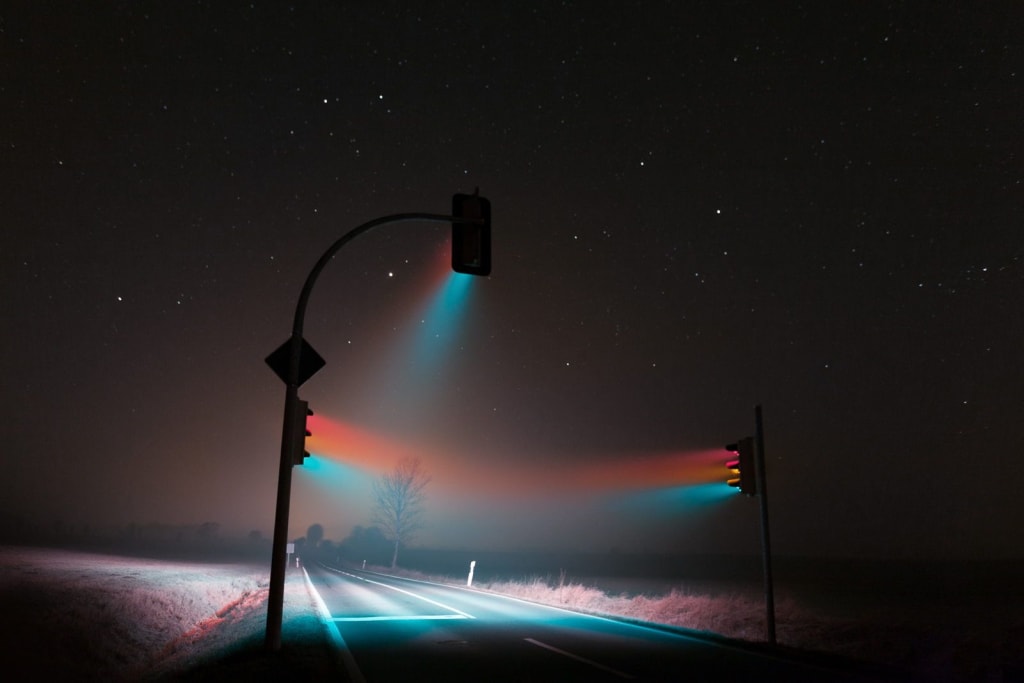
Like any type of photography, long exposure shooting takes time and practice to perfect. But with these ten tips for creating the best long exposure photos, your learning process has become much easier.
We have completed a list of the much-needed steps to prepare your best shots yet. From simply visiting your shooting location beforehand, to altering your camera to the best settings possible, these tips will help you capture the ultimate photograph, each time.
Check the weather.
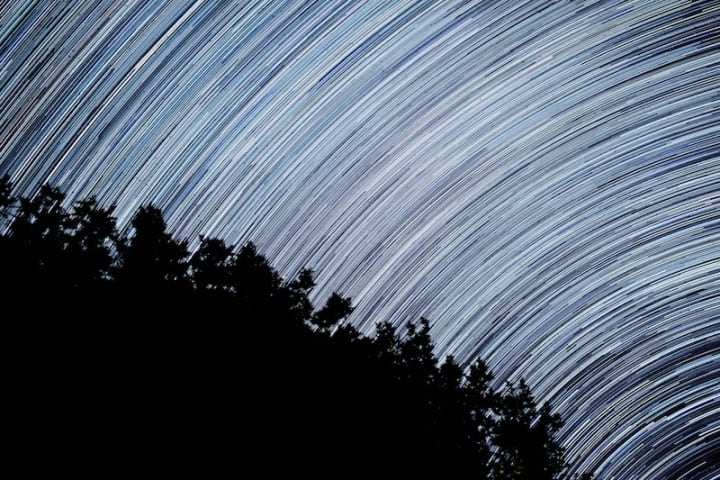
To begin our list of the best tips for creating the best long exposure photos, being aware of the weather is the first thing to be concerned about when beginning your process. What might seem like a perfect day to you, might be the worst environment for a long exposure shoot.
So leave the cloudless blue skies for you and your friends to enjoy the day, and rather scout of the cloudy and almost stormy days to your long exposure shooting. To do this, study satellite images, and try to find out if an incoming storm is approaching your location. Or even better, go and shoot right after the downpour ends.
Visit your location beforehand.
You should always scout out your location before you begin shooting it. Ahead of time, you should plan to find the ultimate location, this way you can find the perfect composition.
This is a great tactic because it will allow you to scope out the grounds, and see the long exposure shot for what it will be. Unlike normal exposure shots, you will not be able to see how the location will photograph with just your bare eyes. So putting the work into finding a harmonious composition ahead of time will be well worth the time.
To begin, compose your photo.
Now that you'd scouted out your shot, and you're ready to begin shooting, your first step is to compose your shot. However, this will be done without your tripod.
As one of the best tips for creating the best long exposure photos, composing your photograph this way will allow you to figure out how you can improve, create a more harmonious composition, and create an altogether better shot.
Have a steady hand.
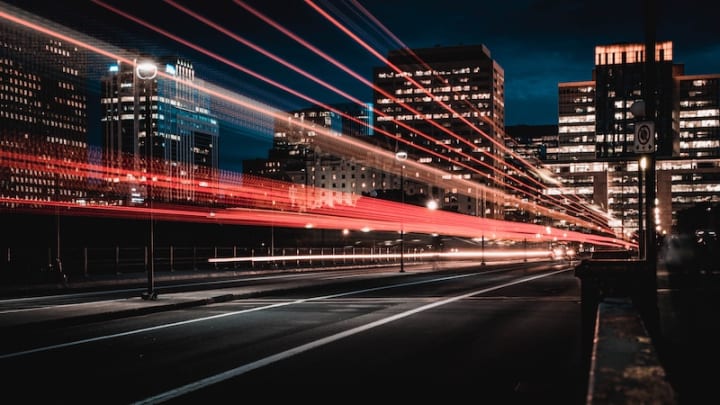
A steady camera is key to creating your best long exposure shots. So how can you do this, without taking the picture over and over until your hands stop shaking?
A tripod might seem like an easy fix, but just the slightest nudge while pressing the shutter release will cause a blur. So as one of the best tips for creating the best long exposure photos, a tripod with a remote shutter release is the best way to go. This way, zero vibration will be caused by pressing the shutter release. And in return, no blurriness!
Lighting is always key.
If lighting is not the first thing you think of when shooting long exposure photos, it should be! Lighting has everything to do with the quality of your photographs. Being aware of the light, even at night, is key to helping you understand the shot. At night and in low-light photography, the moon and the stars will provide light. Testing the shot a few times will allow you to understand how the ambient light will be featured in your photo.
As one of the best tips for creating the best long exposure photos, and in any type of photography, lighting is always key. You should also block any light leaks, as a way to diminish any strange effects caused by unwanted lighting. This can be done by simply bringing black tape and opaque material to your shoot.
Focus!
Take advantage of your manual focus while shooting long exposure photos. This is a great feature while you are shooting in the dark, but it's helpful for nearly any type of long exposure shooting. So rather than relying on the autofocus, have confidence in your focus with the manual option.
Before you begin shooting, focus on the subject, and lock in the focus; this way, you will not worry about losing focus throughout your shoot. As one of the best tips for creating the best long exposure photos, this is an easy yet powerful tool for your photography.
Alter the Bulb mode.
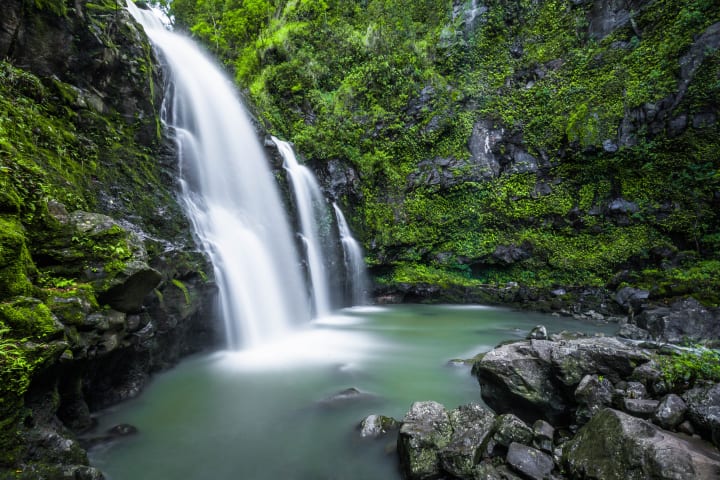
Another simple setting adjustment, altering your shooting mode to Bulb will allow you to override the thirty second limit of your camera. A great tool to amp up your shooting options, Bulb mode is a quick and easy adjustment to make, and will open the opportunities for your shoot.
Add a filter.
Next, on our top ten tips for creating the best long exposure photos, is to add a filter. Once you have completed all of your setting adjustments, the filter is one of the last steps to perfect your long exposure shots.
Attach the filter to the lens, with care, and keep your focal length the same. Your focus should also be kept the same.
Reset the shutter speed.
Last, but not least, on our steps to perfecting your long exposure shots, is to reset the shutter speed. This is done after adding your filter because some filters will make it difficult to focus. Resetting your shutter speed should allow you to shoot sharp, clear images, even with the filter.
However, because you have set your camera to Bulb, you will have to set the shutter speed on your remote. This will allow you to effortlessly switch into shooting with the remote, to eliminate any possibility of vibrations from your hand.
Now, you're ready to shoot.
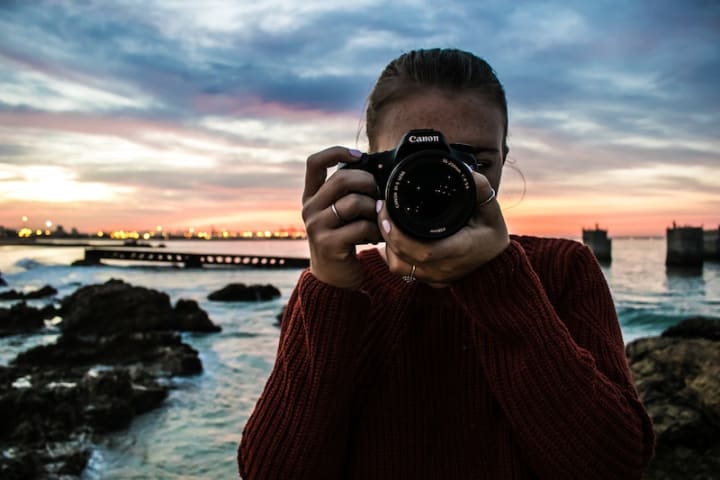
Finally, you are ready to shoot! With each of our tips for creating the best long exposure photos in mind, your camera and location should be perfected for your shoot.
And as the final step, you just have to take the picture! Be sure to take a look at each shot you are taking, and tweak the settings according to the shot that you are looking to achieve.
About the Creator
Leanna Davis
Social media addict, find the best cute dog photos on my Instagram.
Enjoyed the story? Support the Creator.
Subscribe for free to receive all their stories in your feed.



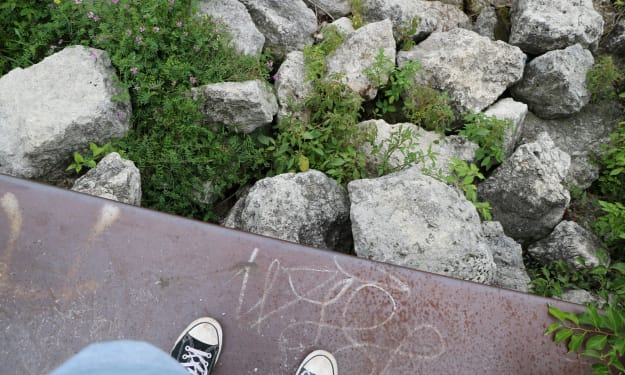


Comments
There are no comments for this story
Be the first to respond and start the conversation.